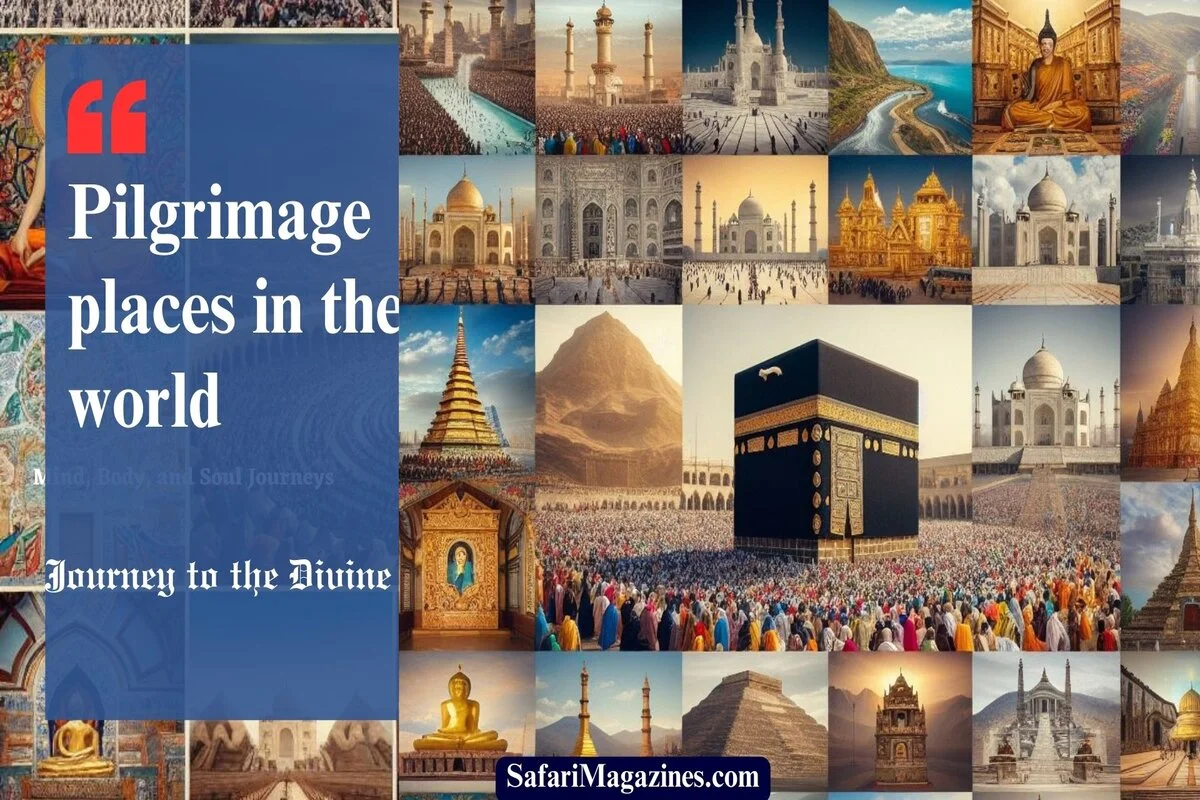
Pilgrimage places in the world, Journey to the Divine. Unveiling the World’s Most Sacred Pilgrimage Places .Embarking on a spiritual journey has been a human tradition for centuries. Pilgrimages, often considered sacred voyages, hold a unique place in cultures worldwide. In this article, we will explore places of pilgrimage globally, diving deep into their historical significance, modern trends, and their impact on the people and regions they traverse.
Table of Contents
ToggleDefining Pilgrimage
Before we dive into specific locations, let’s understand what pilgrimage truly means. It goes beyond mere travel; it’s a transformative experience where individuals seek spiritual growth, enlightenment, or a connection with the divine. So, pilgrimages can take various forms, from walking ancient trails to visiting revered sites.
Historical Significance of Pilgrimage
Pilgrimages have deep historical roots, and are often linked to religious or cultural practices. So ,many major world religions, including Christianity, Islam, Hinduism, and Buddhism, make pilgrimages a core component of your faith.. These journeys carry stories of devotion, sacrifice, and self-discovery, shaping the spiritual landscape of civilizations.
Popular Pilgrimage Places
1. Mecca and Medina: Islamic Pilgrimage
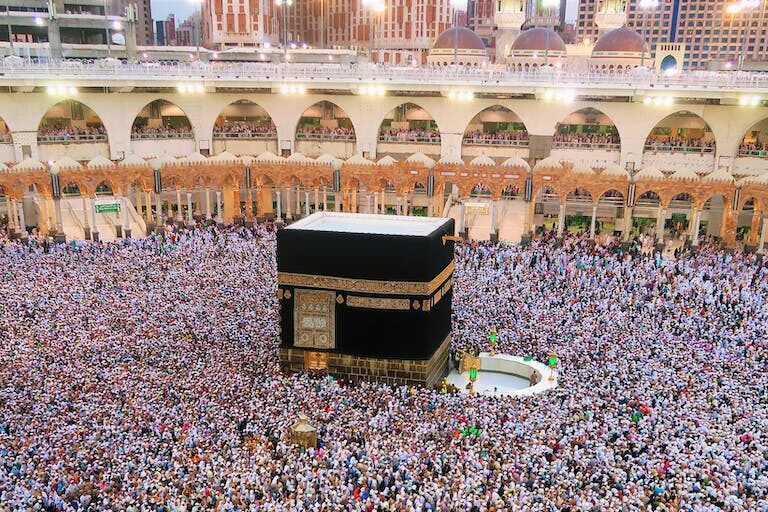
For Muslims, the pilgrimage to Mecca and Medina, known as Hajj, is a once-in-a-lifetime obligation. Millions gather annually, reinforcing a global sense of unity and devotion to the teachings of Islam.
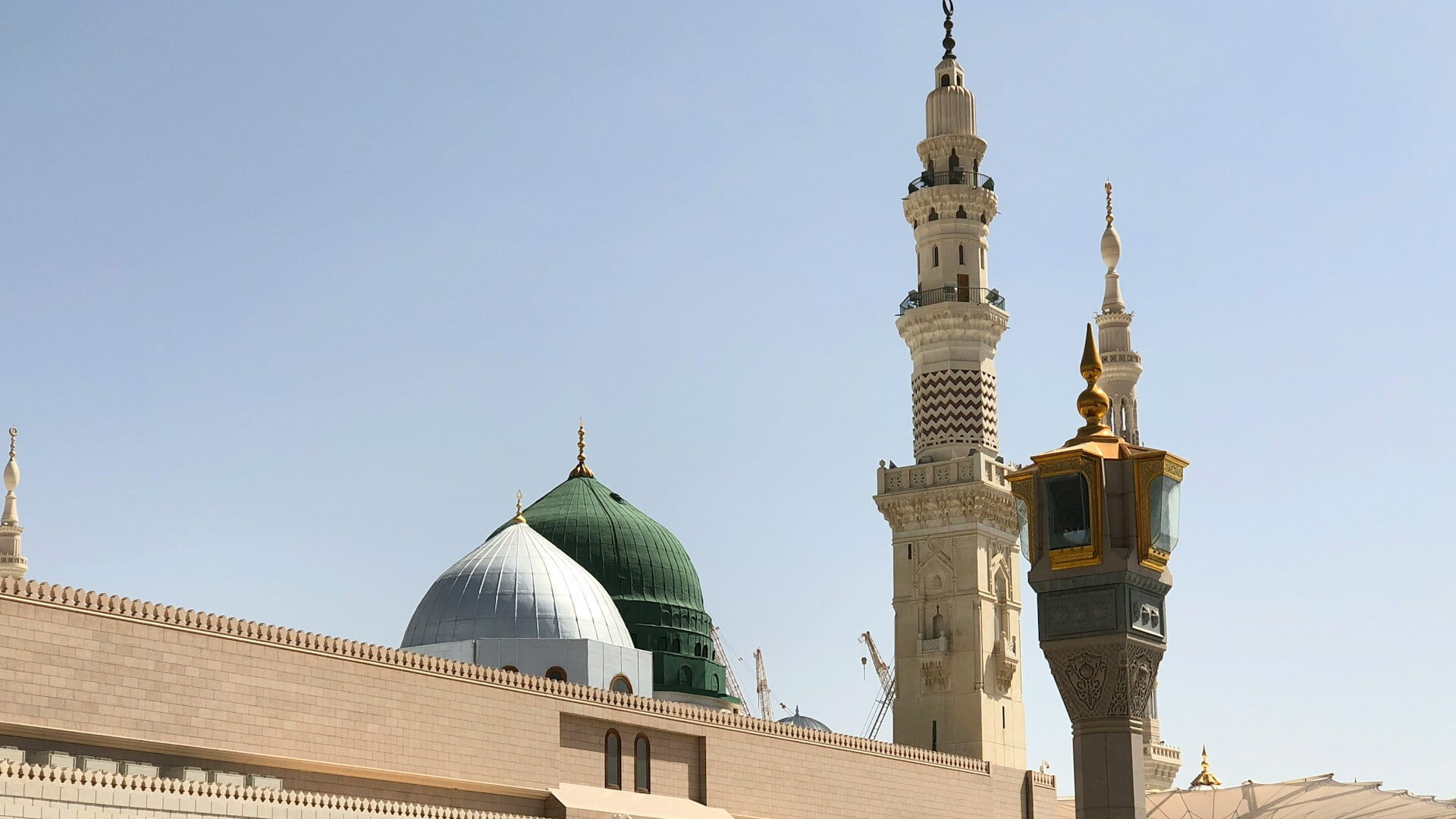
2. Varanasi: The Spiritual Hub

Varanasi, on the banks of the Ganges in India, holds immense religious significance in Hinduism. So, pilgrims bathe in the sacred river, perform rituals, and seek spiritual solace in one of the oldest continuously inhabited cities in the world.
3. The Camino de Santiago
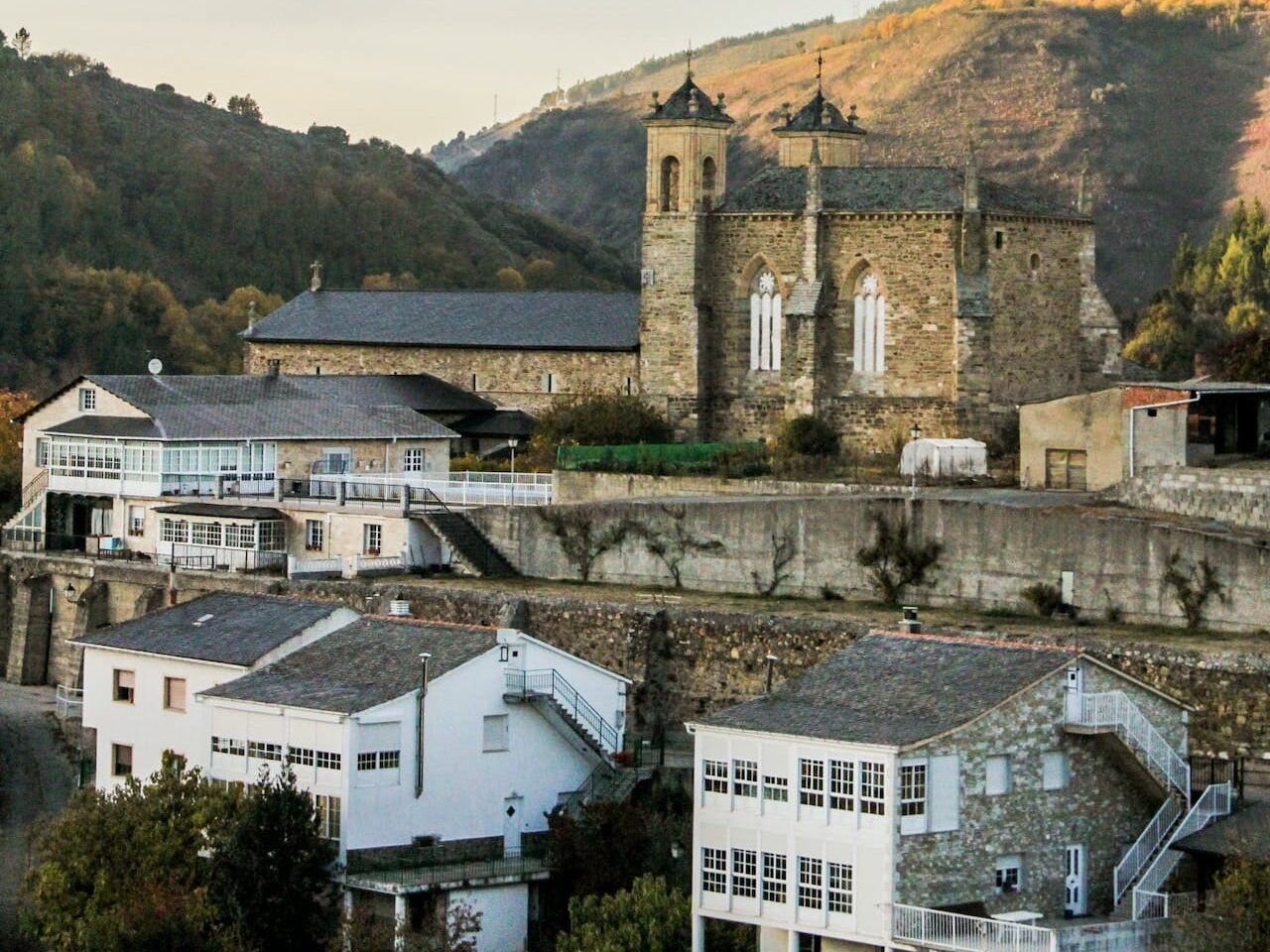
Situated in Spain, the Camino de Santiago is a network of pilgrimage routes leading to the shrine of the apostle St. James the Great. Pilgrims from all walks of life journey are promoting a sense of community and self-reflection.
4. The Kumbh Mela

A mass Hindu pilgrimage, the Kumbh Mela, occurs every 12 years at four riverbank pilgrimage sites in India. So, it’s a spectacle of spirituality, attracting millions for ritualistic bathing and religious discourse.
5. Jerusalem: A Center of Religious Confluence
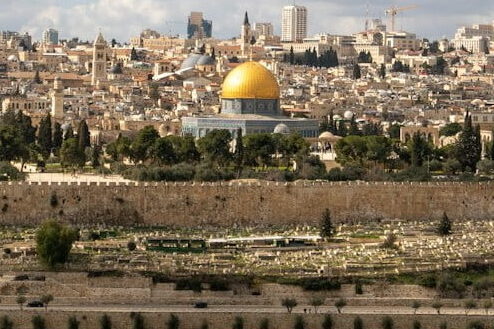
Jerusalem stands as a significant pilgrimage destination, revered by Judaism, Christianity, and Islam. So that, religious sites like the Dome of the Rock, the Church of the Holy Sepulcher, and the Western Wall are located in the Old City.
6. Lumbini: Birthplace of Buddha
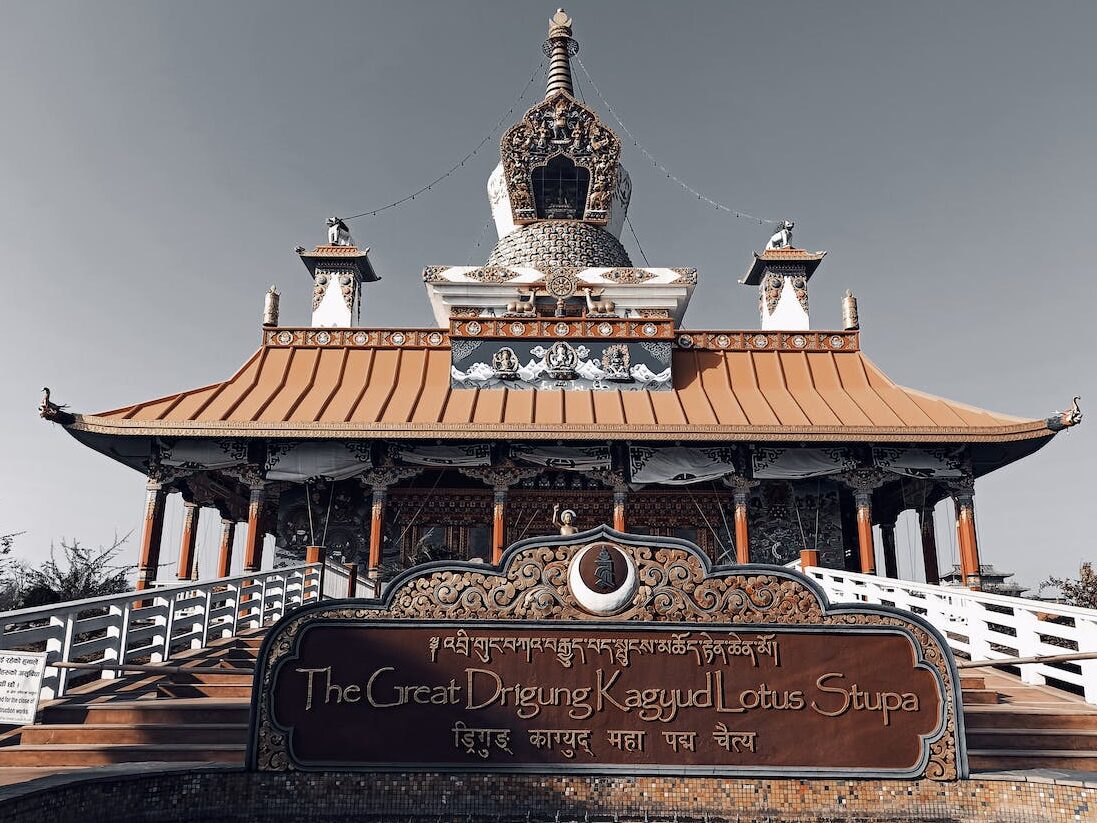
Pilgrims flock to Lumbini in Nepal, the birthplace of Siddhartha Gautama, who later became Buddha. The sacred garden and Maya Devi Temple attract Buddhists seeking spiritual enlightenment.
7. Santiago de Compostela: A European Pilgrimage Hub
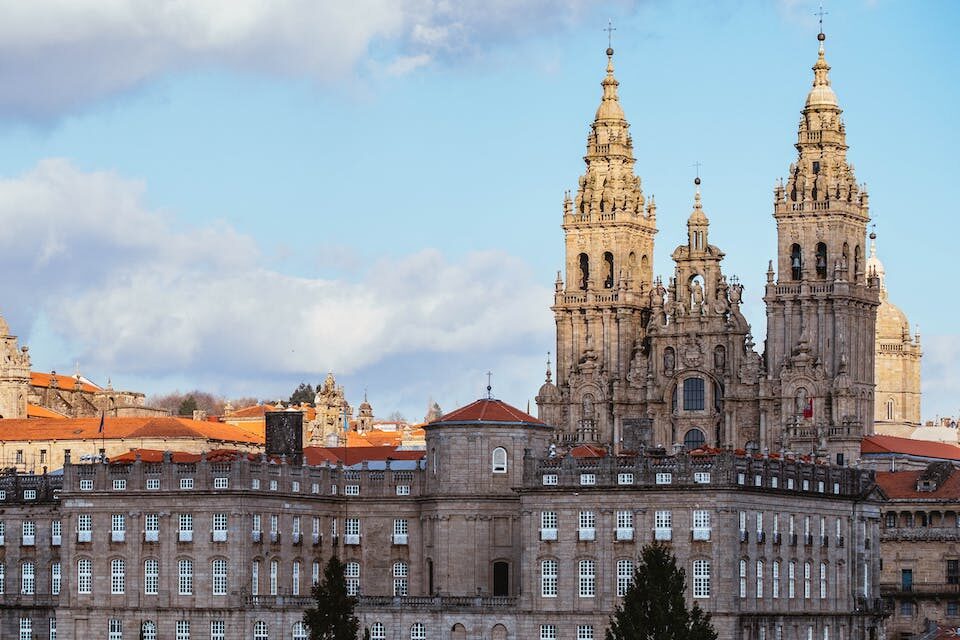
Beyond Spain, Santiago de Compostela in Galicia, Spain, serves as a European pilgrimage hub. The Cathedral of Santiago de Compostela is the final destination for the Camino de Santiago pilgrims.
8. Golden Temple, Amritsar
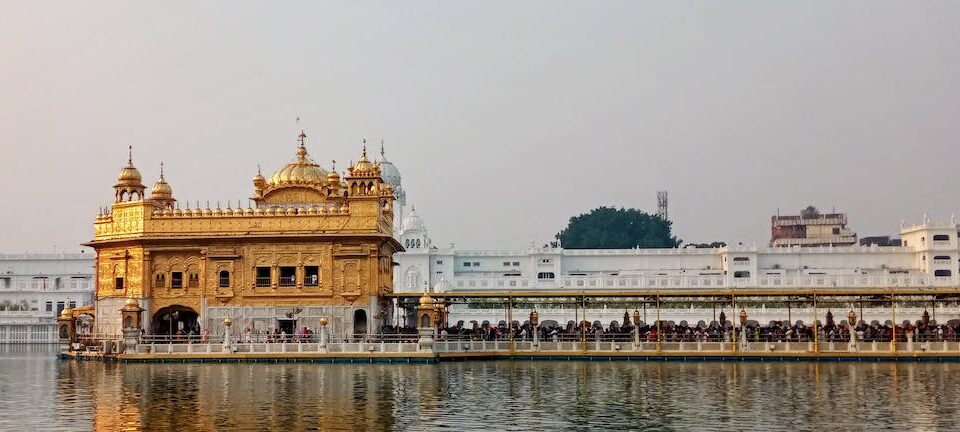
The Golden Temple, or Harmandir Sahib, in Amritsar, India, is a revered Sikh pilgrimage site. The stunning architecture and quite surroundings of this site attract devotees from all over the world.
Continue reading: Pilgrimage places in the world: Journey to the Divine
9. Rome: The Eternal City of Pilgrimage
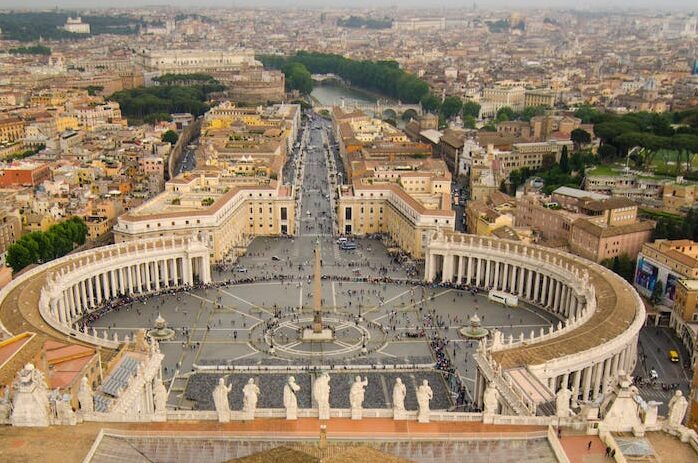
Rome, with its Vatican City, is a significant pilgrimage destination for Catholics. The Vatican is home to St. Peter’s Basilica and the Sistine Chapel, attracting millions of the Christian pilgrims.
10. Shikoku Pilgrimage, Japan

In Japan, the Shikoku Pilgrimage takes pilgrims to 88 Buddhist temples associated with the legendary monk Kukai. So, it’s a spiritual journey through picturesque landscapes and ancient shrines.
11. Chardham Yatra, India
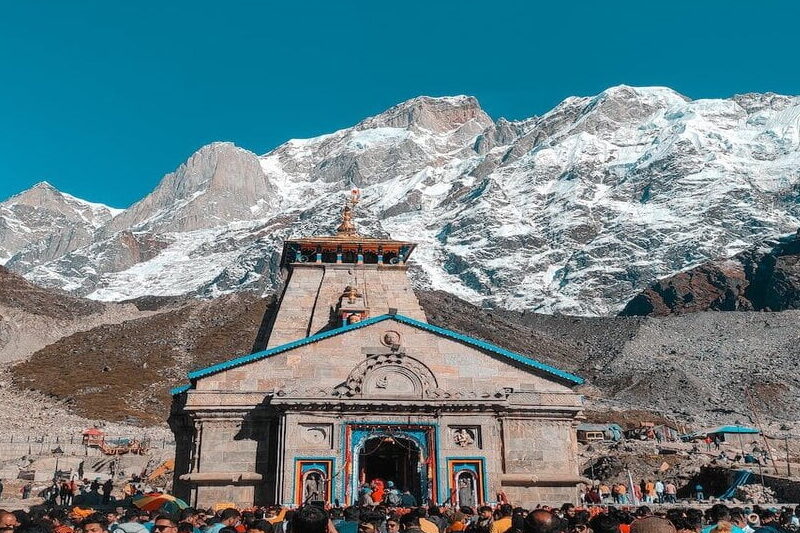
The Chardham Yatra in India encompasses the sacred sites of Yamunotri, Gangotri, Kedarnath, and Badrinath. It’s a revered Hindu pilgrimage circuit in the stunning Himalayan region.
12. Mount Athos, Greece

Mount Athos, a mountain and peninsula in Greece, is an autonomous monastic state. It’s a unique pilgrimage site exclusively for men, known for its monasteries and spiritual tranquility.
13. Tirupati: The Balaji Temple
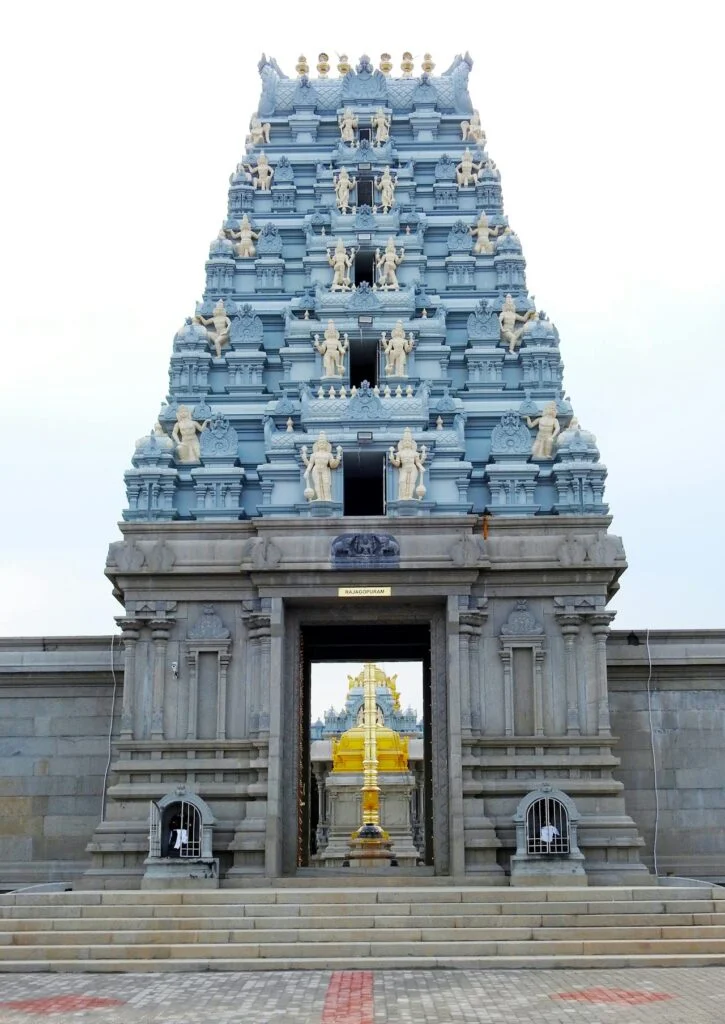
Tirupati in Andhra Pradesh, India, is home to the Venkateswara Temple, one of the wealthiest and most visited Hindu temples globally. Pilgrims flock for a glimpse of the deity and to seek blessings.
14. Fatima, Portugal
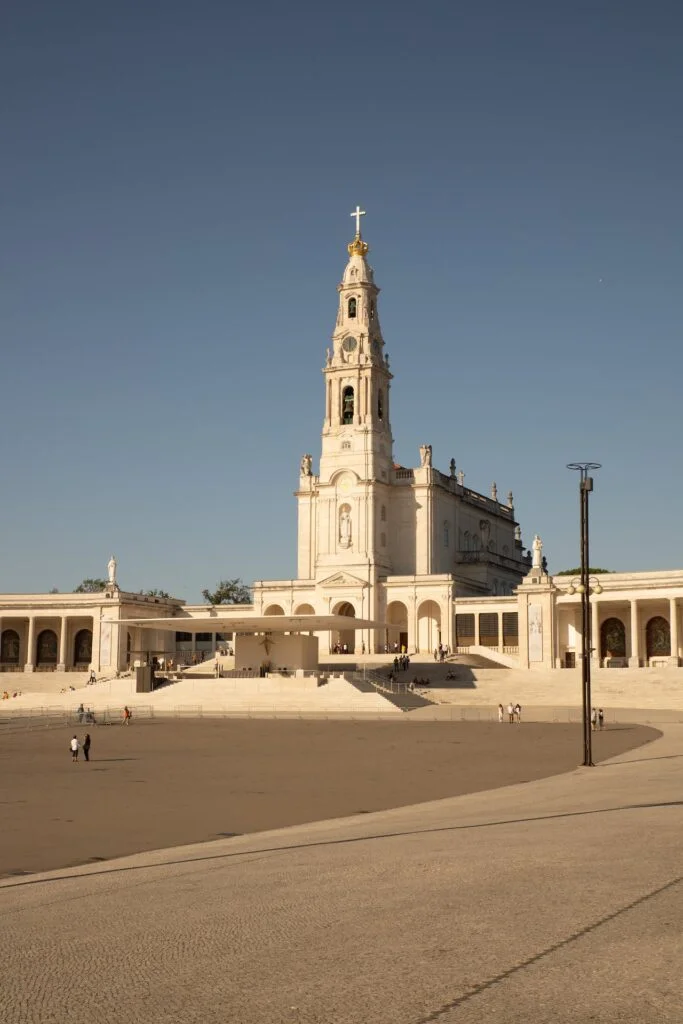
Fatima gained prominence with the reported apparitions of the Virgin Mary. The Sanctuary of Our Lady of Fatima attracts Catholic pilgrims seeking spiritual solace and healing.
15. Sufi Shrines in Fez, Morocco
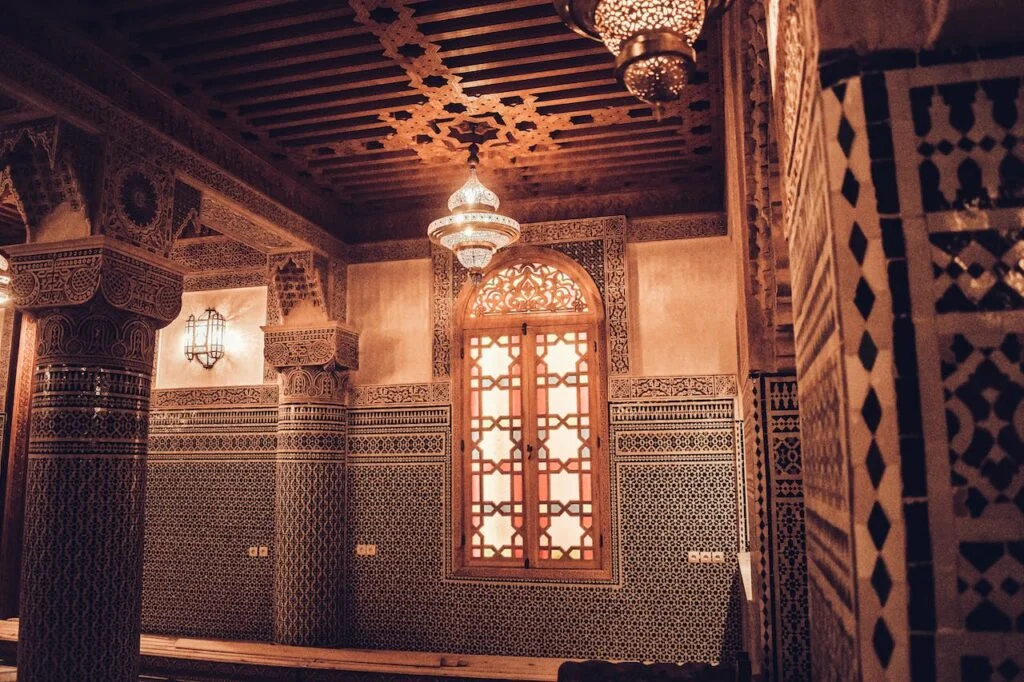
Fez, Morocco, holds Sufi shrines, attracting followers seeking a mystical experience. So, the ancient city’s spiritual ambiance and historic sites make it a unique pilgrimage destination.
Continue reading: Pilgrimage places in the world: Journey to the Divine
Cultural Diversity in Pilgrimages
Pilgrimages reflect the rich cultural tapestry of humanity. It gives people a platform to express their beliefs, display traditions, engage with different cultures, share customs, express their values, and promote understanding and tolerance.
Modern Pilgrimage Trends
In the contemporary world, pilgrimage has evolved. Pilgrims use various modes of transportation, embrace digital tools for planning, and often seek a blend of spiritual experience and adventure, redefining the traditional pilgrimage narrative.
Impact of Pilgrimages on Local Economies
The influx of pilgrims brings economic opportunities to local communities. Hotels, restaurants, and souvenir shops flourish, creating jobs and sustaining livelihoods. However, it also poses challenges like over-tourism and environmental strain.
Challenges Faced by Pilgrims
Despite the transformative nature of pilgrimages, challenges abound. From logistical issues to health concerns, pilgrims navigate obstacles that test their resilience and dedication to their spiritual quest.
Pilgrimage and the Environment
The environmental impact of mass pilgrimages raises important questions. So, balancing the spiritual significance with sustainable practices becomes crucial to ensure the longevity of pilgrimage sites and their surroundings.
Continue reading: Pilgrimage places in the world: Journey to the Divine
Technology and Pilgrimage
In the digital age, technology plays a significant role in pilgrimage. From virtual tours to apps aiding navigation, technology enhances the overall experience, making pilgrimages accessible to a broader audience.
Personal Experiences of Pilgrims
Real stories from pilgrims provide insights into the emotional and spiritual facets of their journeys. These personal narratives showcase the profound impact that pilgrimage can have on an individual’s life.
Continue reading: Pilgrimage places in the world: Journey to the Divine
Spirituality vs. Tourism
As pilgrimage sites gain popularity, the line between spirituality and tourism blurs. Striking a balance that respects the sacred nature of these places while catering to the needs of tourists becomes a delicate challenge.
Future Trends in Pilgrimages
Looking ahead, pilgrimage trends are likely to continue evolving. Sustainable practices, technological integration, and a growing interest in diverse spiritual traditions will shape the future landscape of pilgrimages.
Read More: Wellness Retreats: Mind, Body, and Soul Journeys
You may like:
Historical Mysteries in the World: Exploring Ancient Ruins and Legends
Exploring Historic Palestine: Archaeological and Tourist Sites
Conclusion
Pilgrimage, woven throughout human history, continue to captivate and inspire. Whether seeking spiritual enlightenment or cultural connection, pilgrims embark on journeys that transcend the physical, leaving an indelible mark on their souls.
FAQs
Q1: Can anyone undertake a pilgrimage, regardless of their religious beliefs?
A1: Yes, pilgrimages are open to people of all faiths or even those seeking a spiritual experience without a specific religious affiliation.
Q2: How has technology changed the way people approach pilgrimages?
A2: Technology has made pilgrimages more accessible, providing tools for planning, navigation, and even experiencing virtual pilgrimages.
Q3: Do pilgrimages always have a religious purpose, or can they be cultural or personal?
A3: Pilgrimages can have various purposes, including religious devotion, cultural exploration, or personal reflection.
Q4: What measures are being taken to address the environmental impact of mass pilgrimages?
A4: Efforts are underway to promote sustainable practices, waste management, and conservation around pilgrimage sites.
Q5: Are there any upcoming pilgrimage events that one should be aware of?
A5: Stay updated on pilgrimage calendars, as events like the Kumbh Mela and Hajj occur periodically.
